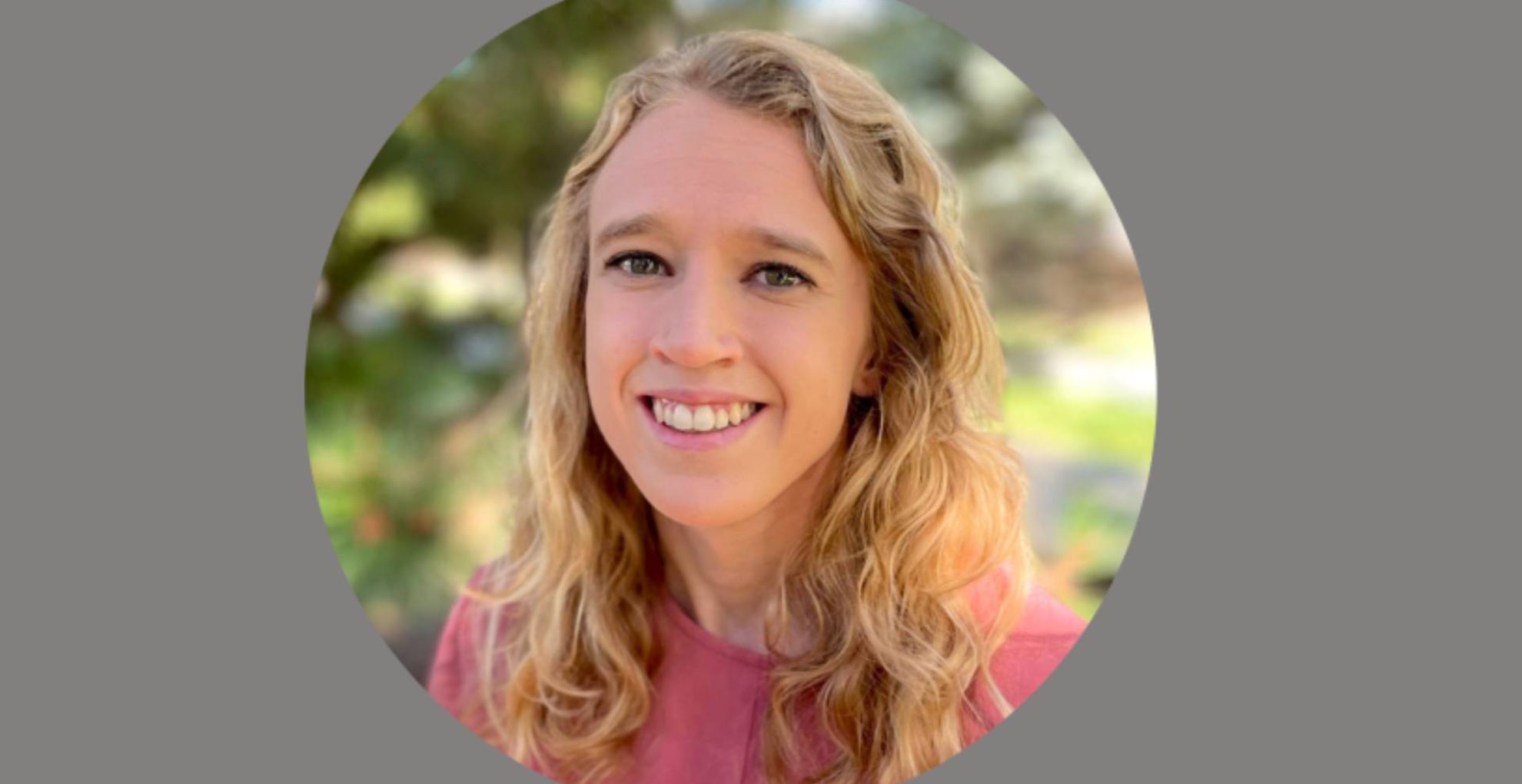
Briana Indahl, a researcher in the solar and stellar science division at the Laboratory for Atmospheric Space Physics, has been named one of three 2022 NASA Nancy Grace Roman Technology Fellows. The Roman Fellowship is a prestigious award from the NASA Astrophysics Division that recognizes early career researchers with innovative ideas to advance astrophysics flight programs and technology.
“Being awarded this fellowship marks an important milestone in my career as a researcher, where I get to transition from working under more senior scientists on their projects and ideas to beginning to define the direction of my own research and lead my own projects,” Indahl told NASA.
The fellowships, which give the recipients the opportunity to submit a proposal that could gain up to half a million dollars in funding over three years, are awarded in honor of Nancy Grace Roman, the first female executive at NASA. Roman created the agency’s first astronomical program and is known as the “Mother of Hubble” for her foundational role in planning NASA’s Hubble Space Telescope.
In May, Indahl’s proposal for the MANTIS CubeSat mission (Monitoring Activity from Nearby sTars with uv Imaging and Spectroscopy), which will investigate the impact of ultraviolet light from stars on exoplanet atmospheres, was selected by NASA for $8.5 million in funding.
“We at LASP are so proud of Briana Indahl and her outstanding astrophysical observing programs. To have this recognized with a Nancy Grace Roman Fellowship is even more exciting and promising,” said LASP Director Dan Baker.

The MANTIS CubeSat will assist the James Webb Space Telescope, launched in 2021, in its mission to explore the atmospheres of exoplanets beyond Earth’s solar system by observing flares from the host stars of those exoplanets, which will help scientists discover if these worlds are habitable.
MANTIS (like the sea creature for which it is named, the mantis shrimp) will be able to observe across a broad spectrum of light from the extreme ultraviolet (EUV) through the visible. No spacecraft has observed the full EUV spectrum from stars other than the sun since the early 2000s.
“The life blood of space research are powerful new observing capabilities, which come from the innovation and insight of principal investigators with the passion and skill to convert ideas into reality,” Baker said. “Briana has the skills and insights to accomplish amazing new things in observational astronomy. We are delighted to be able to be a part of her remarkable ride.”
Before coming to LASP in 2021, Indahl earned a doctorate in astrophysics from the University of Texas at Austin and a bachelor’s in physics and astrophysics with a minor in mathematics from the University of Wisconsin Madison. She is also the recipient of 2020 David Alan Benfield Fellowship, awarded by the University of Texas at Austin Department of Astronomy Board of Visitors to an outstanding senior graduate student, as well as the 2014 Lowell Doherty Award for Excellence in Astronomy at the University of Wisconsin Madison, which recognizes one graduating senior’s exceptional performance in astronomical research and classwork.
Including Indahl, two-thirds of this class of NASA Nancy Grace Roman technology fellows are from Boulder institutions. Jordan Wheeler, a physicist at the National Institute of Standards and Technology, who earned his doctorate in astrophysical and planetary science at CU Boulder, was also named. The third fellow is Michael Bottom from the University of Hawaii.
-Written by Sara Pratt, LASP senior communications specialist
Founded a decade before NASA, the Laboratory for Atmospheric and Space Physics at the University of Colorado Boulder is on a mission to transform human understanding of the cosmos by pioneering new technologies and approaches to space science. LASP is the only academic research institute in the world to have sent instruments to every planet in our solar system. LASP began celebrating its 75th anniversary in April 2023.



